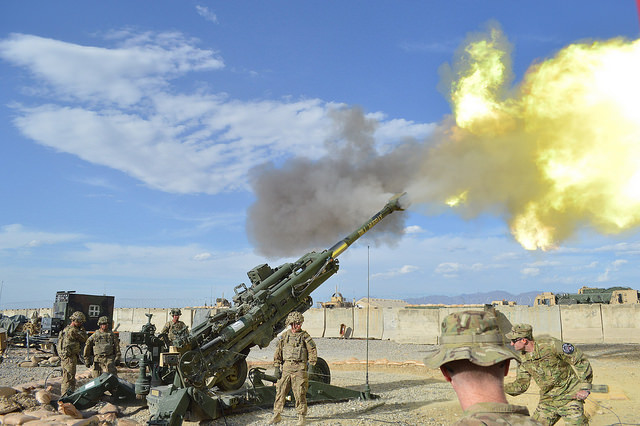 Newspaper articles may be one of the most overlooked sources of evidence in Defense Base Act claims. Articles that establish the time, date, and location of a terrorist or insurgent attack may be the best proof of the existence of the attack. As such, why not use the newspaper article to help establish a DBA claim?
Newspaper articles may be one of the most overlooked sources of evidence in Defense Base Act claims. Articles that establish the time, date, and location of a terrorist or insurgent attack may be the best proof of the existence of the attack. As such, why not use the newspaper article to help establish a DBA claim?
Establishing a Prima Facie Case:
At the start of a Defense Base Act claim, an injured worker must prove a prima facie case. This means that, before anything else, the injured worker must prove (1) that they suffered an injury or harm, and (2) that an accident occurred or working conditions existed at work which could have caused the injury. If the claimant successfully proves a prima facie case, then they are entitled to a presumption that their injury comes under the purview of the Act. See 33 U.S.C. § 920 (1984). This is very important because the Section 20 presumption puts the burden of proof on the employer and carrier to go forward with substantial countervailing evidence to rebut the presumption that the injury was caused by the injured worker’s employment. More likely than not, an employer and carrier will lose if they fail to rebut the presumption.
Overseas Psychological Injuries:
Although the substance of this post holds true for all Defense Base Act injuries–Longshore injuries, too–I am going to focus on psychological injuries. Post Traumatic Stress Disorder is one of the more common Defense Base Act psychological injury diagnoses. PTSD can be caused by both discrete events or the cumulative exposure to stressful, traumatic events.
Difficulties arise when a person cannot pinpoint a single attack that injured them. Perhaps the claimant worked on Forward Operating Base Shank where incoming fire was commonplace. Requesting an injured worker to identify the precise rocket attack that led to the development of PTSD often asks the impossible. Further, when the claimant was stationed on a base that received many rocket attacks, the dates of the attacks run together. I have yet to meet an injured worker who kept a detailed journal of each and every rocket, mortar, or indirect fire attack that they experienced in Iraq or Afghanistan.
Newspaper articles may provide information that a claimant cannot. A media report about an attack on a particular installation will carry a lot of weight. The report can be offered as proof that “conditions existed at work which could have caused the harm.” In the case of a psychological injury, a newspaper report is proof positive that an attack occurred on a particular base.
Consider this example. Forward Operating Base Shank has a nickname: Rocket City. Countless rockets are fired at FOB Shank, perhaps more than any other FOB in Afghanistan. In fact, some of the most respected newspapers in the world have reported on the attacks. So long as the injured worker can testify that they were present on the base at the time of the attack recorded by the media, and that that the attack contributed to their psychological harm, then the claimant has stated a prima facie case for benefits.
Newspaper Articles Help Everyone:
There is an added benefit to using newspaper articles: easier War Hazards Compensation Act reimbursement. When a carrier asks for reimbursement, it has to submit a wealth of documents to the Division of Federal Employees Compensation (DFEC). The official list of documents includes notice and claim forms, employee and employer statements, medical reports, compensation orders, the insurance, and check drafts and invoices for the benefits paid. See 20 C.F.R. § 61.101 (2015).
But there are additional documents that a carrier may submit–and that the government may request–when a carrier files its Application for Reimbursement. Media reports fall within this camp of documents. Although DFEC understands that journalists don’t write a newspaper article after every indirect fire attack, it is still helpful when an article exists.
Conclusion:
Newspaper articles can help everyone. They can help the injured worker establish the existence of working conditions that could have contributed to their harm. Also, they can help the carrier prove that the claimant was exposed to specific “war-risk hazards” when the carrier eventually applies for reimbursement.
Attributions:
Photograph of howitzer firing from FOB Shank courtesy of the U.S. Army’s Flickr profile.
Strongpoint Law Firm works for injured workers. If you need help filing or litigating a Defense Base Act claim, contact Jon Robinson at Strongpoint Law by either filling out the form in the right-hand margin of this page, calling (985) 246-3194, or e-mailing [email protected]. Contact Strongpoint Law today for a free case evaluation.
